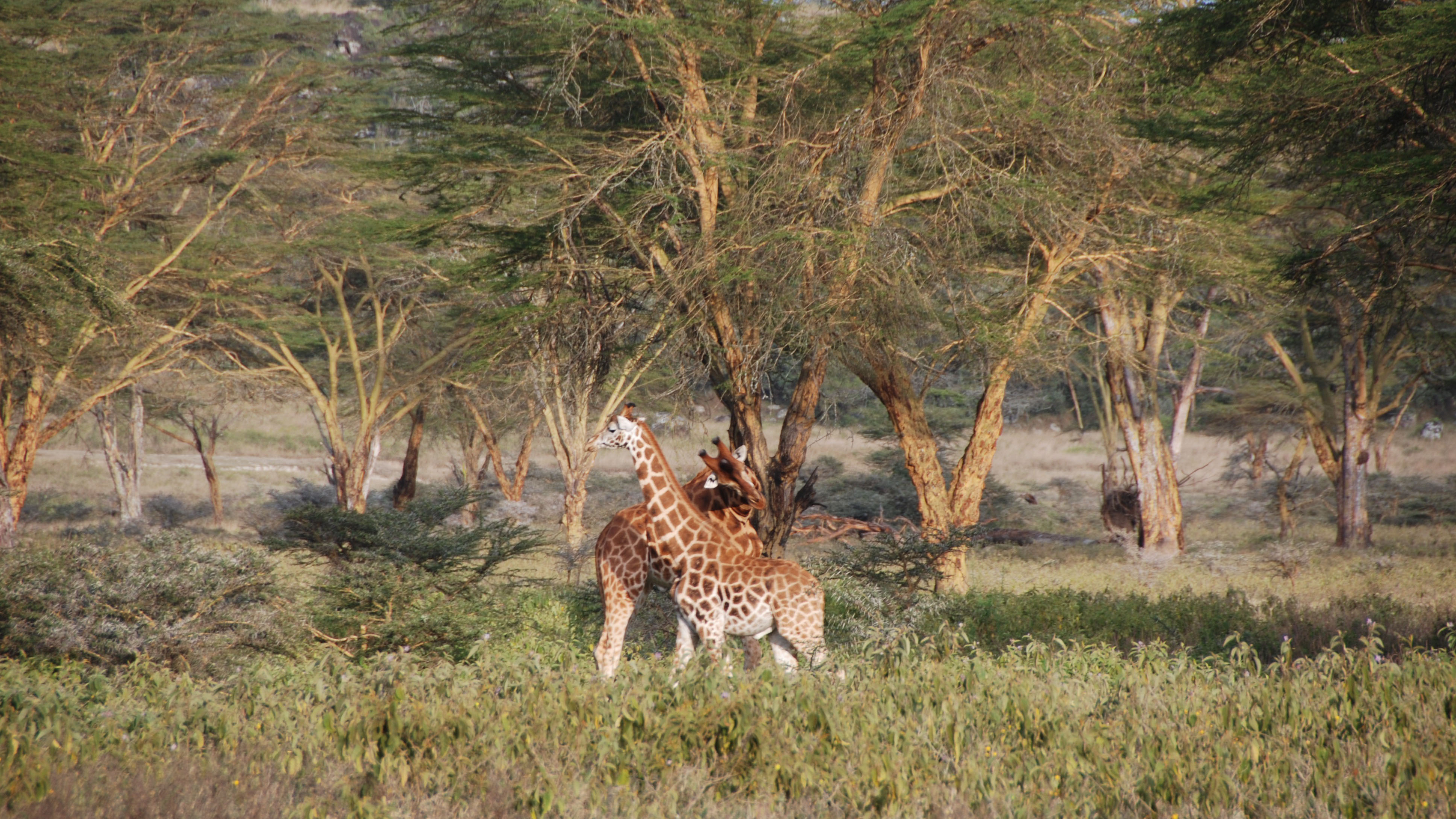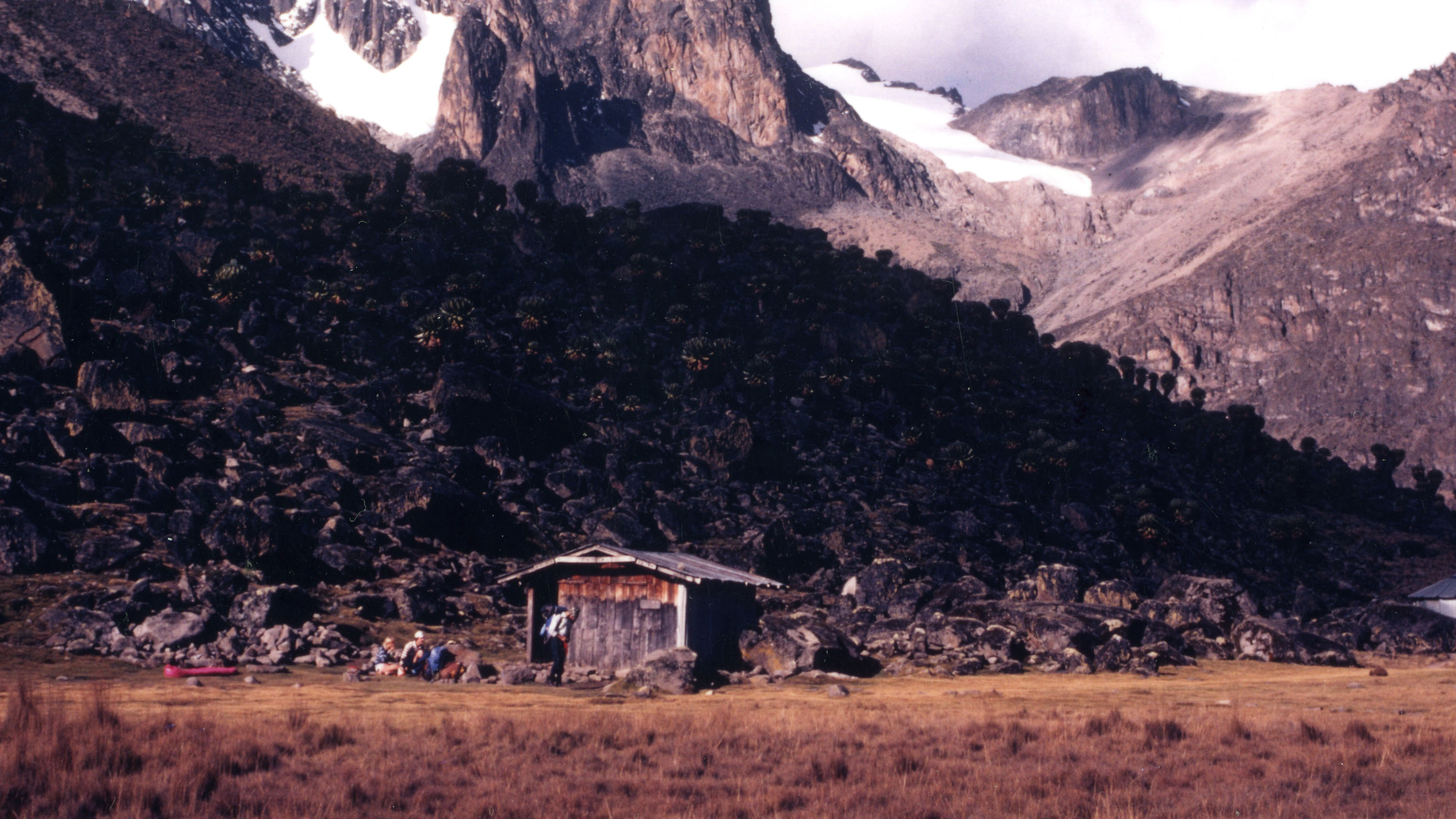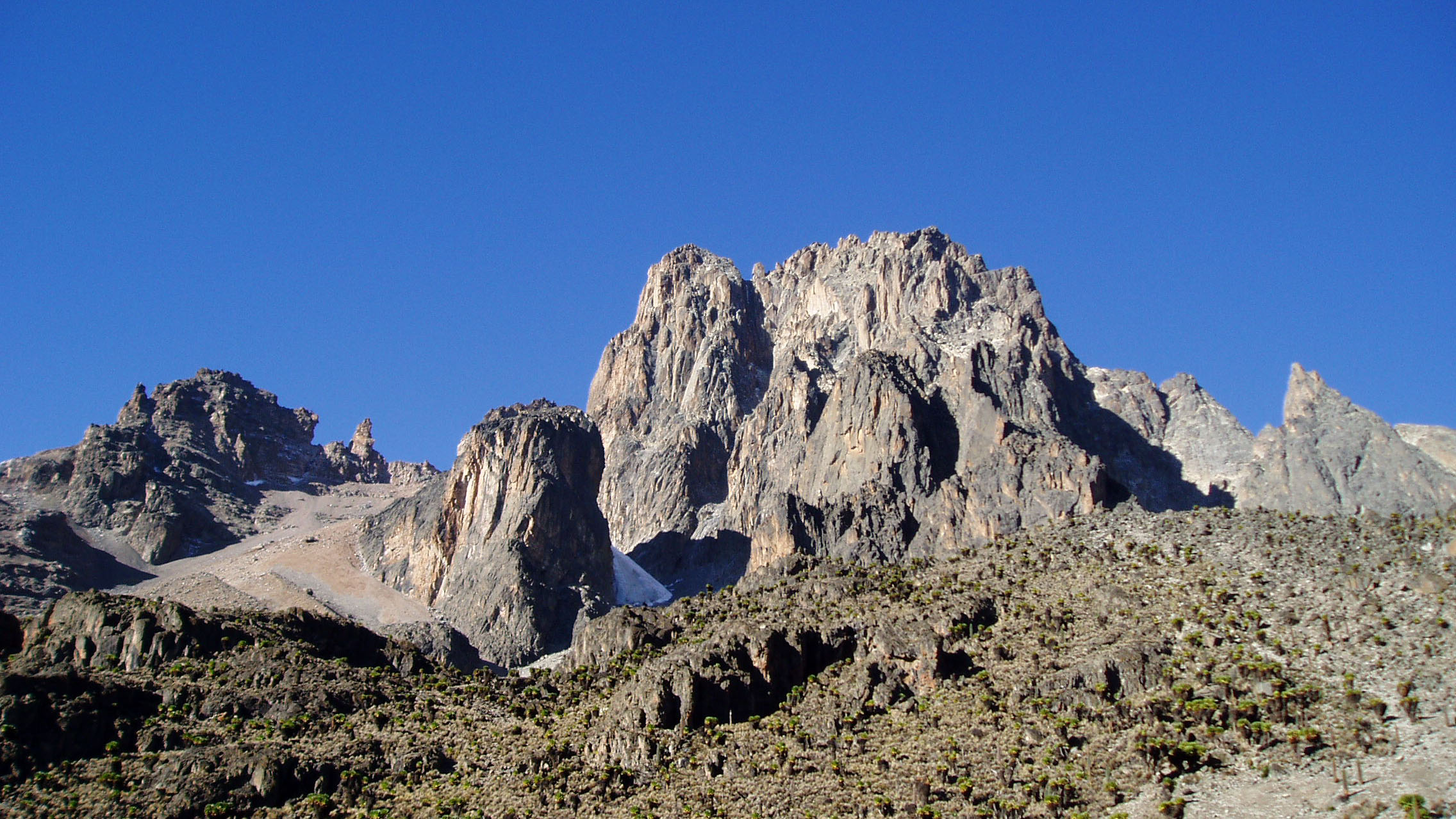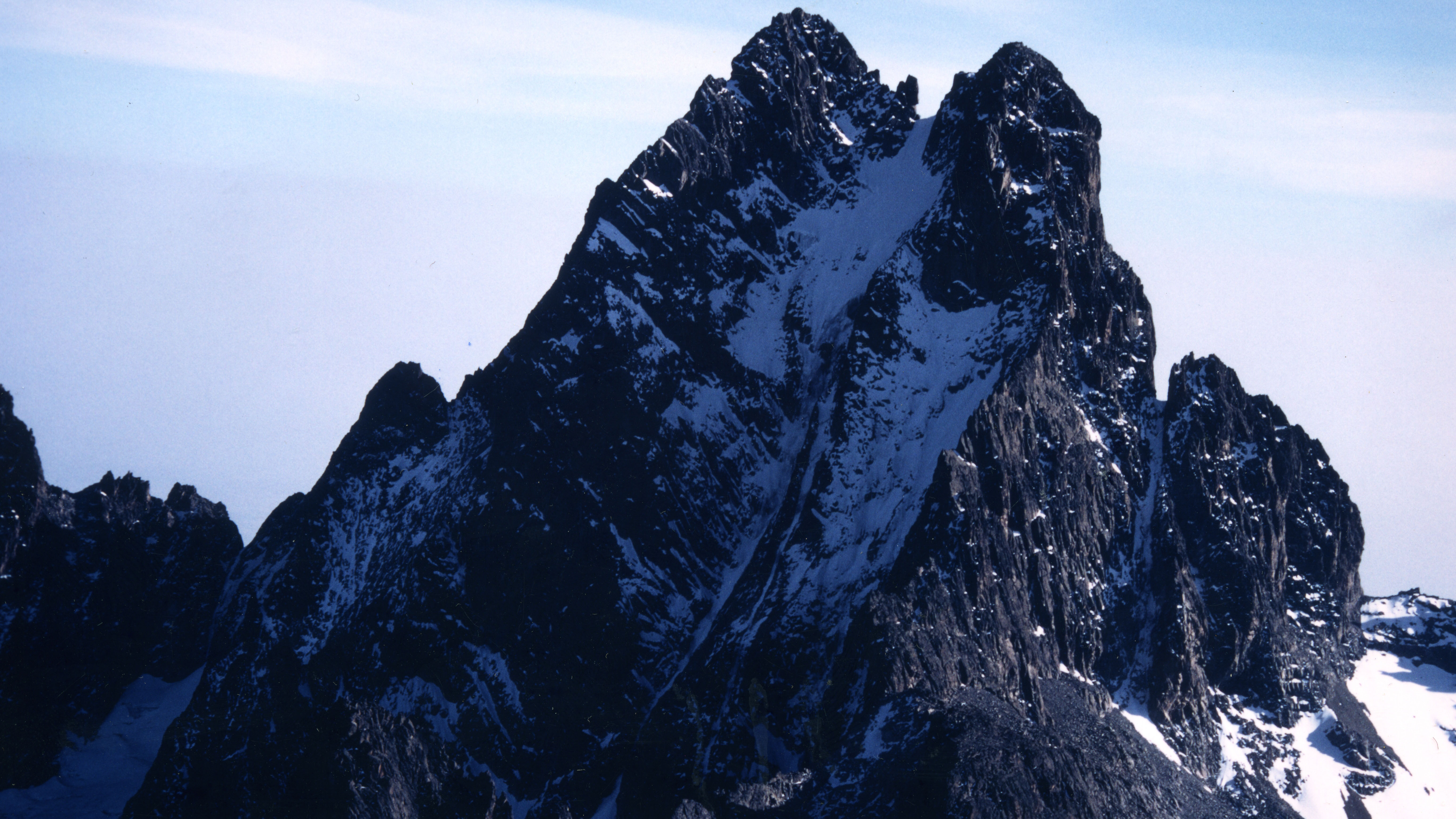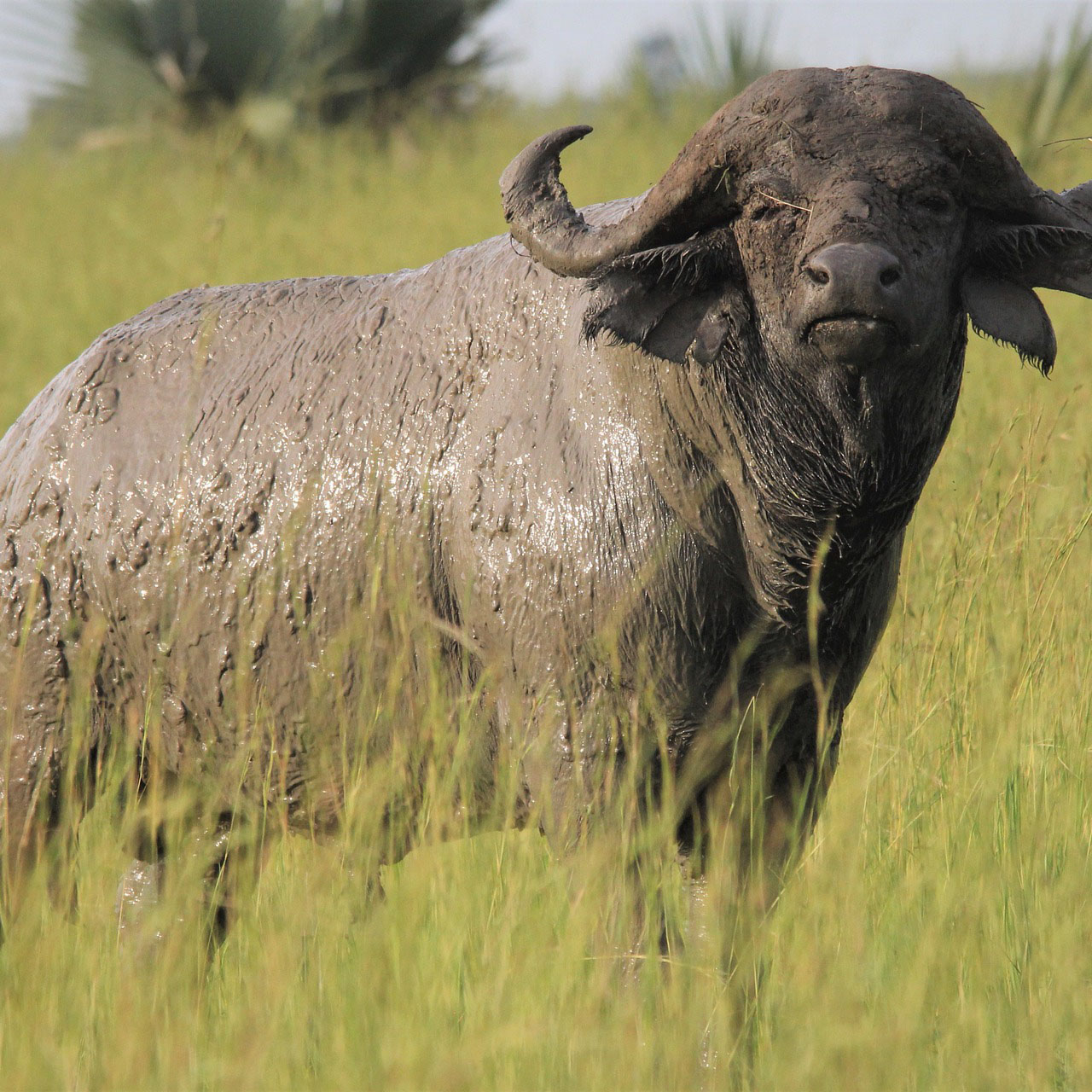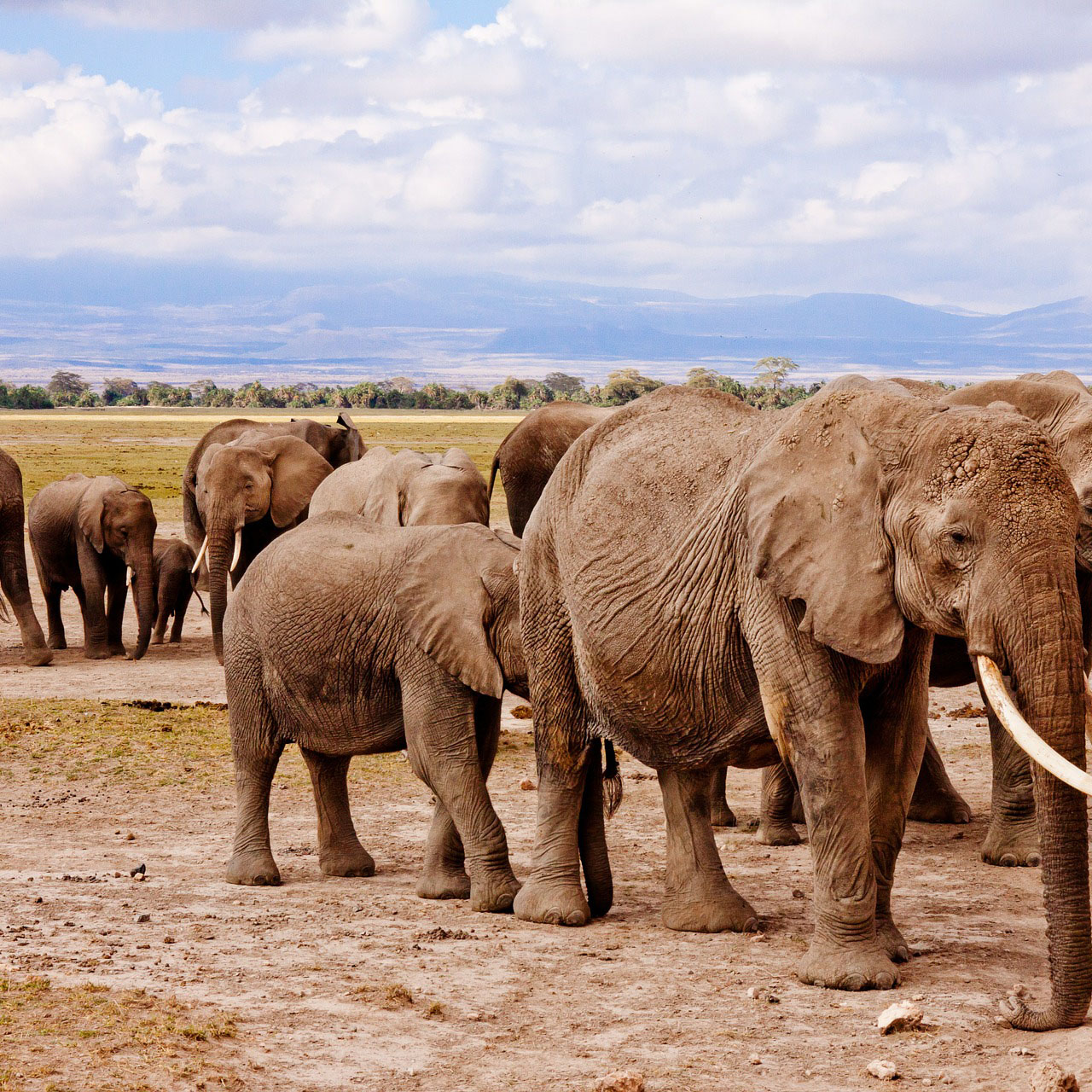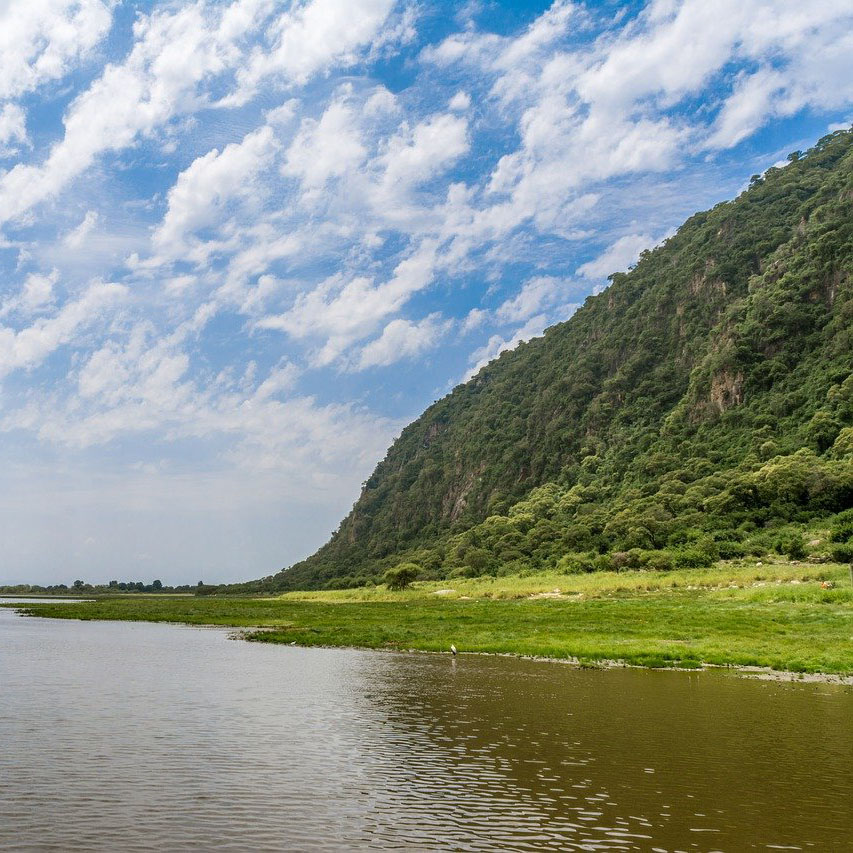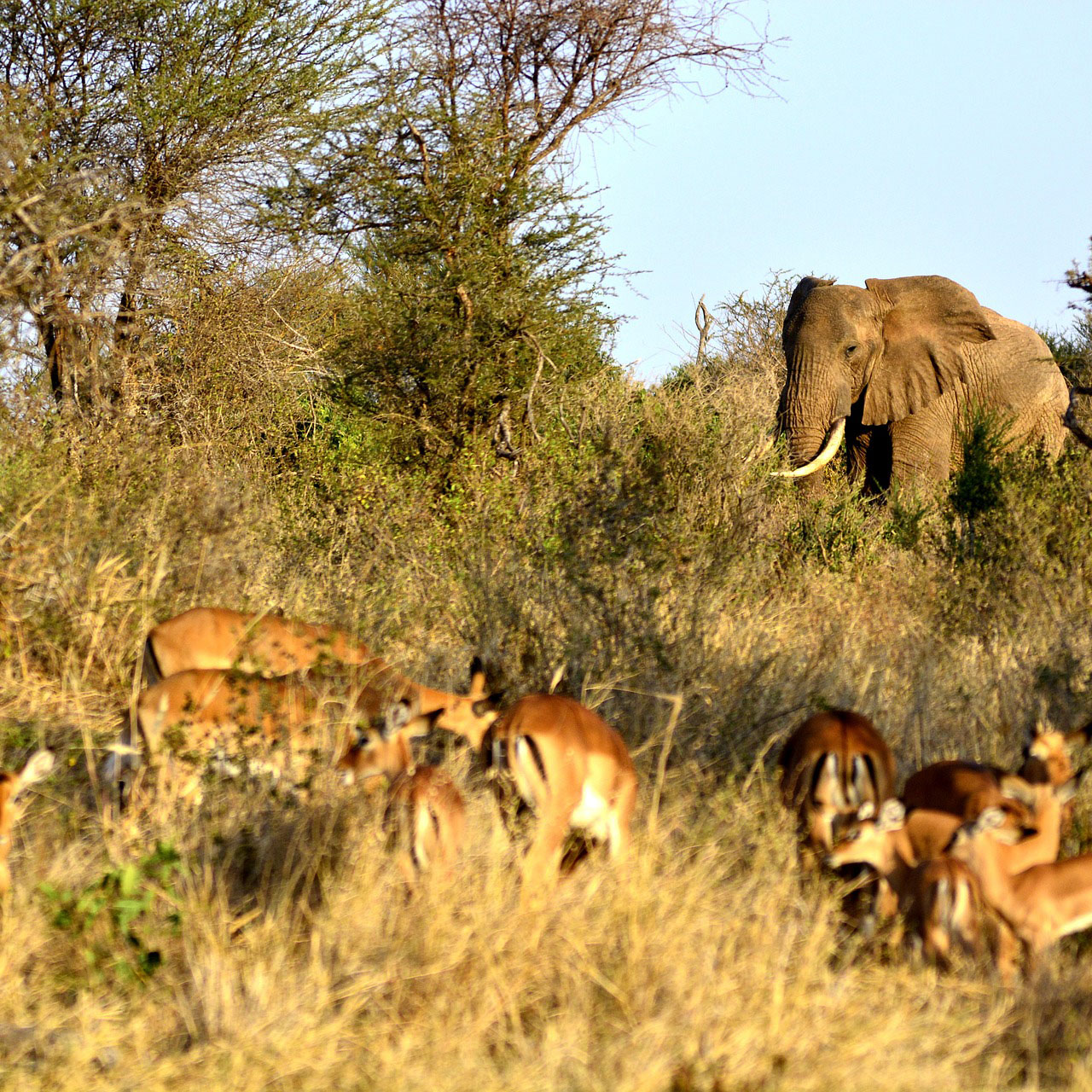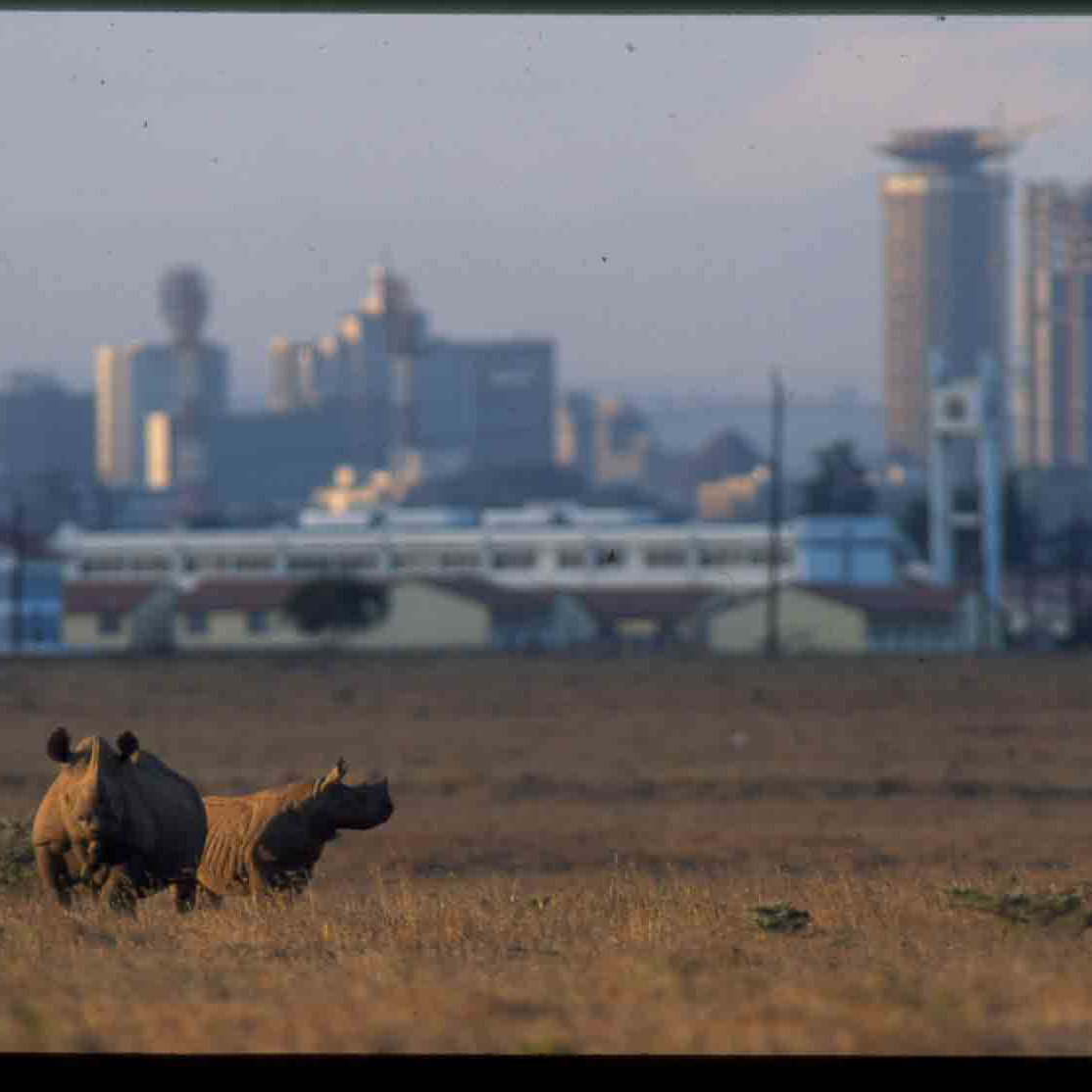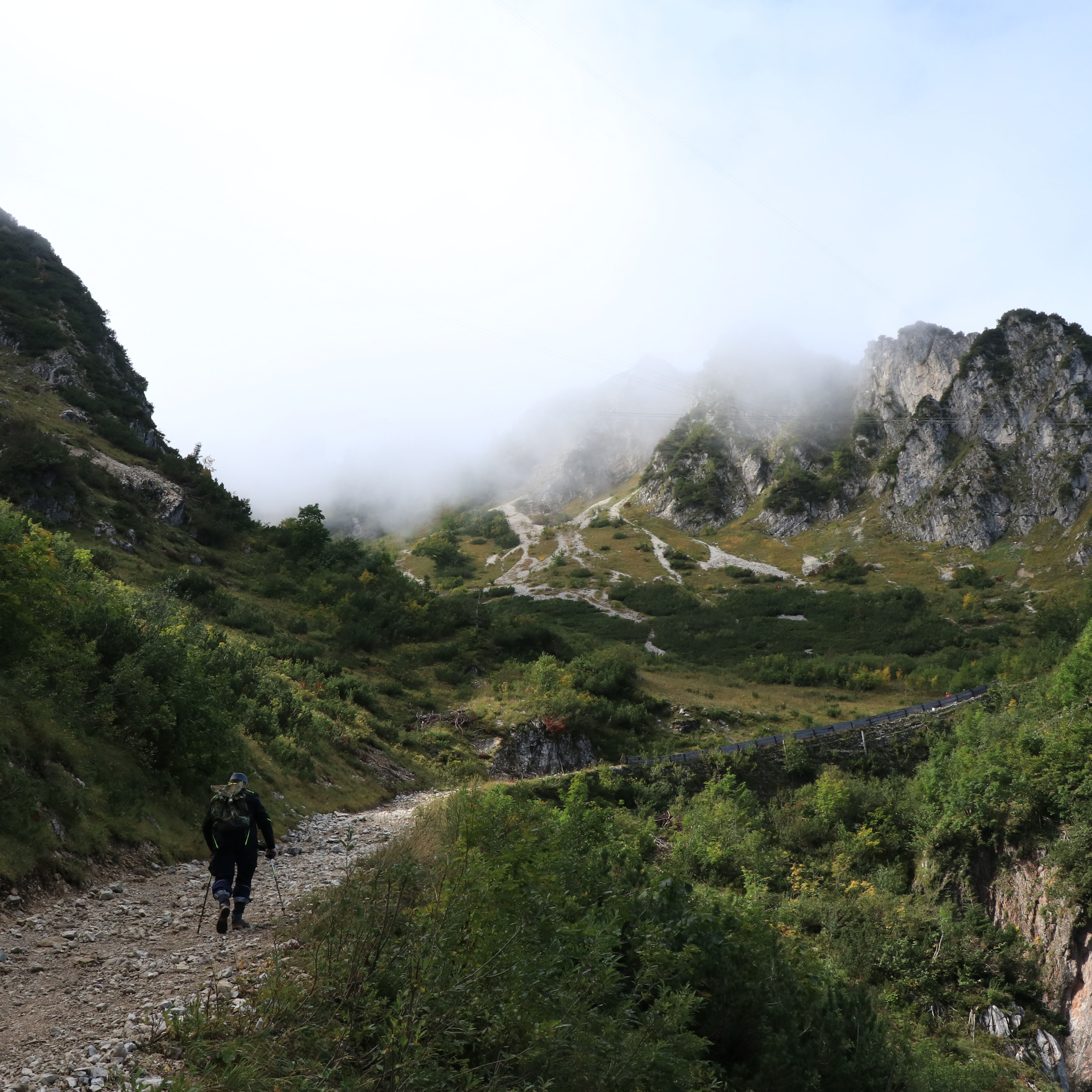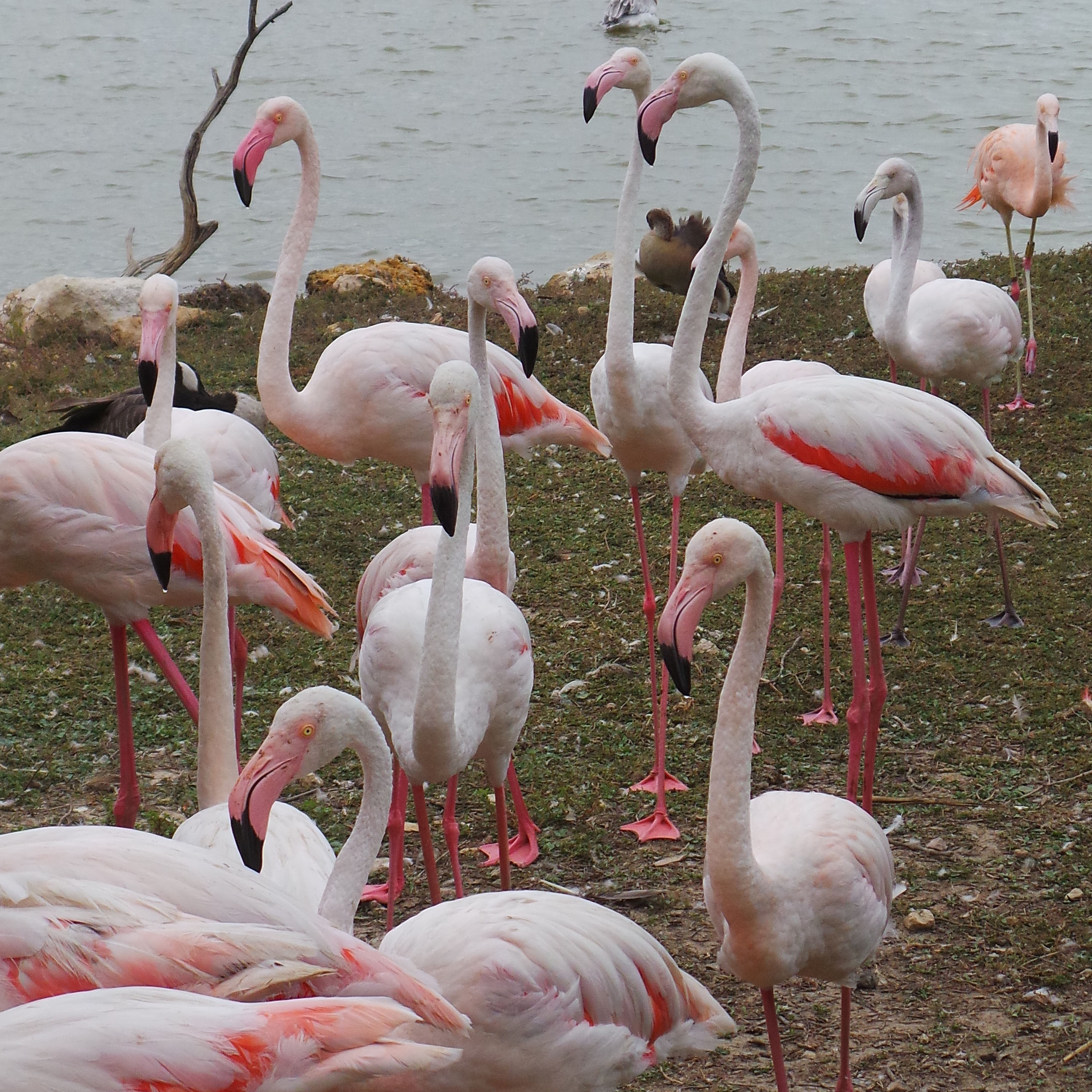Mount Kenya national park
Mount Kenya national park
Mt Kenya, Africa’s second highest peak is regarded as the realm of Ngai, God of the local Kikuyu people. Facing Mt Kenya Traditionally, all Kikuyu home were built to face this sacred peak. They call it Kirinyaga, or place of light. http://www.kws.go.ke/content/mount-kenya-national-park-reserve
While the 5199 metre summit is a difficult technical climb, the lesser peak of Point Lenana (4985m) can be easily reached by any fit trekker. This trek takes between 3 and 5 days, through a fascinating world of forests, wildlife, unique montane vegetation including podocarpus and grounsel, and finally one of the worlds rarest sights; equatorial snow.
For those who don’t want to climb the Mountain the cool highlands that surround its base are well worth a visit. The forests are ideal for game viewing, and there are crystal clear mountain streams that abound with Trout....
Africa's second highest mountain, with gleaming and eroded snow-capped peaks, which can be seen for miles. It is a broad, large symmetrical volcano cone whose diameter at the base is about 12 km, dating between 2 to 3 million years ago. There are three peaks; Mbatian, Nelion and point Lenana. The magnificent views over the surrounding country from point Lenana and other high points around the main peaks and trekking on this mountain is a priority among tourists.
The forest surrounding the mountain support a large variety of wildlife such as elephant, buffalo, monkey, antelope, lion, zebra, eland, rock hyrax, giant forest hogs, leopard and various species of birds such as eagle, vulture, and sunbird among others. Mt Kenya Best climbing Months are July, August, December and January joining dates for groups or individuals.
Temperatures vary considerably with height and with time of day. On the plains surrounding Mount Kenya the average day temperature is about 25°C. At 3000m. frosts can be encountered at night while day temperatures range from 5 to 15°C. Night time temperatures on the summit are well below freezing.
The south-facing side of Mount Kenya receives more sunshine in the December to March period. During this time rock climbs are "in-condition" and snow and ice climbs gradually deteriorate. In the June to October period the north-facing rock climbs and south-facing ice climbs are best.
Select below from a range of Safari itineraries that include the Mount Kenya National Park and other fantastic destinations in Kenya.
